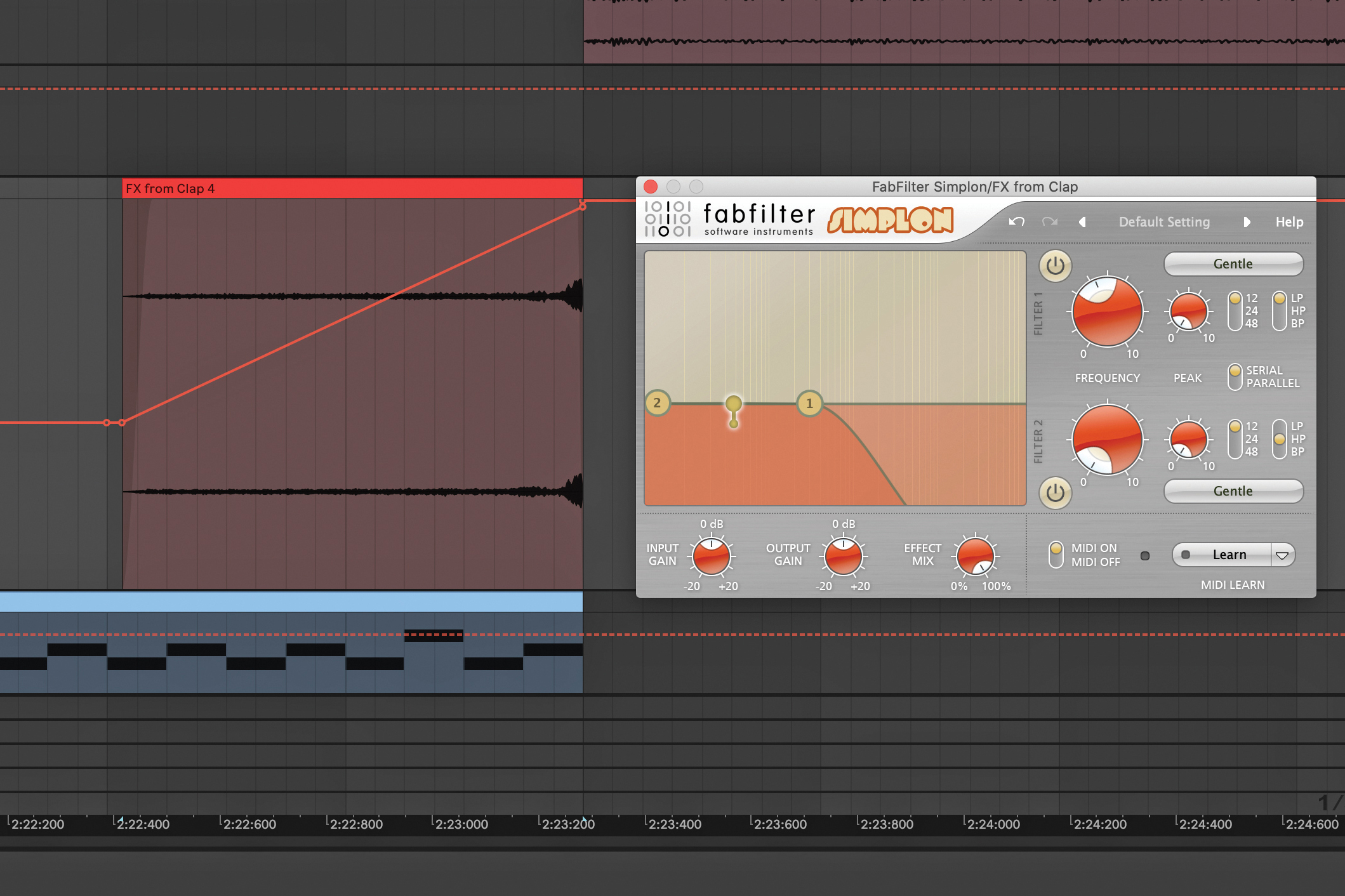How to spice up a techno track with creative use of effects
Contemporary techno is driven by exploratory sound design. Here's a few ideas to get you started

Last week, we explored how to produce club-shaking techno in 2023. Today, we turn our attention to one specific aspect of techno production: effects.
Techno is driven by sound design and constant modulation of sound sources to shape exhilarating mixes. Here are some tried-and-tested methods to make your own.

Create an aux/return track and add a multi-effect, like Soundtoys Crystallizer on it. Set the effect plugin’s Mix to 100% and the Recycle all the way up. Increase the output volume on the multi-effect.
Try testing several percussion sounds and sending them to the aux/return with the multi-effect to see which one sounds best.

Create an audio track, and set the input on it to the aux/return track. Enable the Record function and record in the processed audio from the aux/return track of the multi-effect. While recording the percussion track, turn the send to the aux/return up quickly, then turn it down.

Once you finish recording, edit the recorded audio into smaller pieces and try reversing the recorded samples. Use the fade tool to adjust the length of the audio files.

To create transition sounds or sweeps with reverb, create an aux/return track and put a reverb that you can use to create a long reverb. Choose a big environment, like a large hall, or cathedral. Set the decay time to around 15s, the room size between 90 and 100.
Get the MusicRadar Newsletter
Want all the hottest music and gear news, reviews, deals, features and more, direct to your inbox? Sign up here.

Send your snares or a clap to the aux/return track with the long reverb. Create an audio track, and set the input to the aux/return track. Enable the Record function and record in the audio from the aux/return track. After recording, reverse the audio. Use this sound as a transition element in your track.

You may need to trim off the initial transient of the recorded sound to make the sweep sit well in the mix. Add an EQ or filter to it and modulate the filter cutoff of the sound. During a transition, start with the low pass filter between 300-500Hz, and automate the frequency of the cut-off filter to open it up all the way.

Try making effects by using a creative reverb-processing plugin, like Valhalla Supermassive, or Native Instruments Raum. Valhalla Supermassive is free, and offers a combination of reverb and delay processing. Create an aux/return track and place your chosen reverb plugin on it. Find a cool-sounding preset to work with and make the reverb plugin 100% wet.

Reverse one of your percussion tracks and send the audio from this track to the aux/return track with reverb. Create an audio track, and set the input to the aux/return track. Enable the record function and record in the audio from the aux/return track. After recording, play around with the audio by trimming it into smaller pieces, and use the fade tool for smoother fades.

Process the effects even further by creating an aux/return track and putting an effects processing plugin like Eventide H3000, or another multi-effects processing plugin like Byome by Unfiltered Audio on it. Send the recorded effects to the aux/return track with your chosen effect plugin. Lastly, add a filter like Simplon and sculpt your sound so it works in your tracks.









